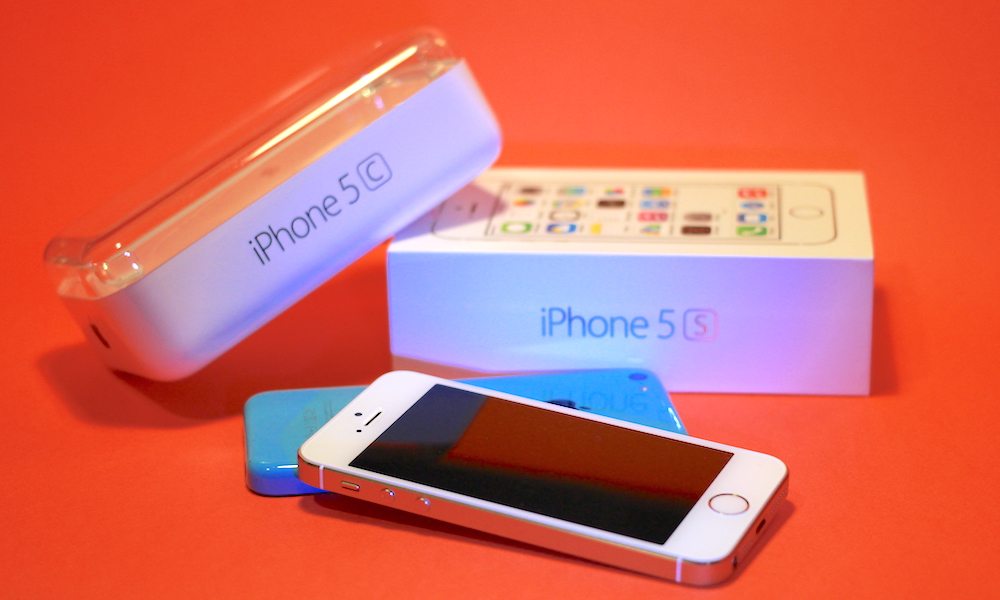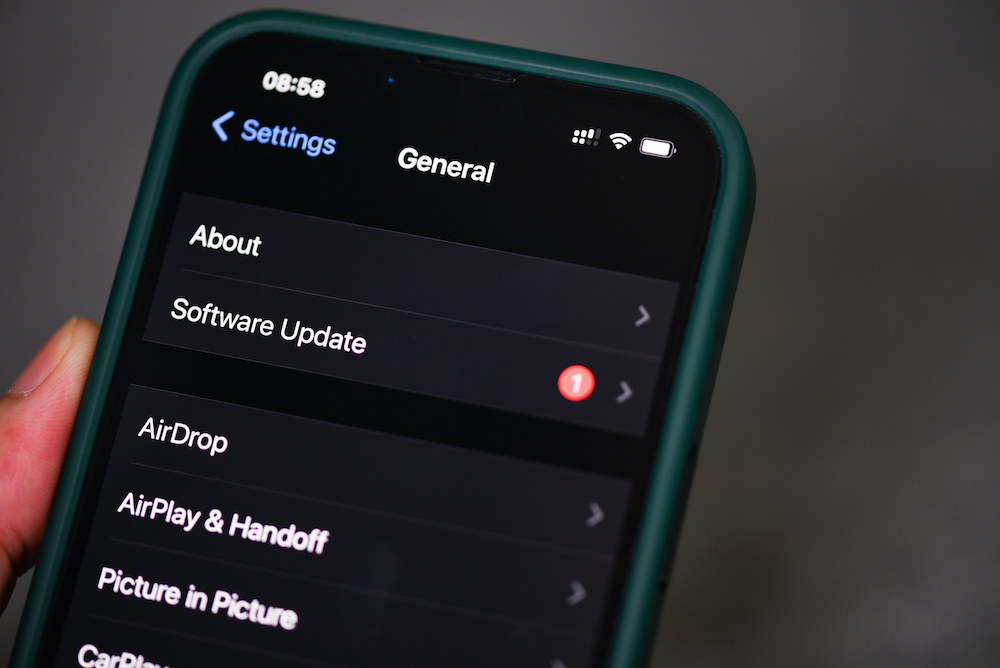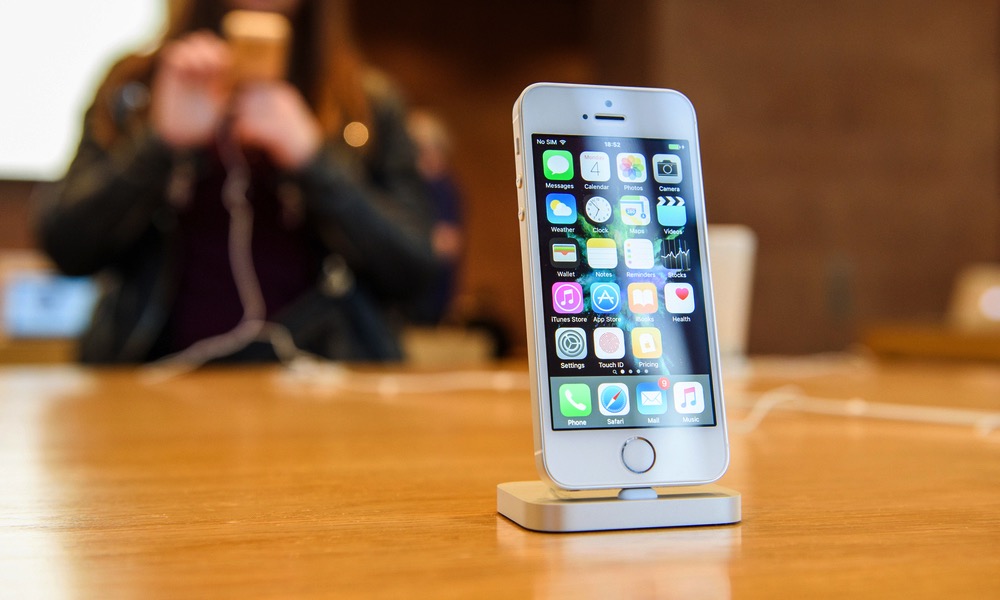What’s Considered an Old iPhone Today?

Toggle Dark Mode
Each year, Apple rolls out a new iPhone with a few upgrades — and usually the same familiar design as the year before.
While it’s great to have a new device to look forward to every year, most of us can’t justify upgrading that often. Instead, we hold on for a few years until our iPhones start to feel their age.
But what’s considered an “old” iPhone? Does it become old when you can’t use a new feature like Apple Intelligence? Or does it happen when it completely breaks down and becomes unusable?
Believe it or not, there’s a fairly clear answer — and Apple itself hints at it. Let’s break it down.
When an iPhone Becomes Old (According to Apple)
Apple never refers to any of its devices as “old” — that would be poor marketing. However, the company does assign two different labels to its older devices over time.
The first label is called “Vintage.” This is given to devices that Apple has stopped distributing for sale for more than 5 years and less than 7 years. Apple has long since stopped manufacturing or selling these products, but it will still provide hardware services for them. Service providers can also still order spare parts for these products.
After about seven years, the device is labeled “Obsolete.” At that point, Apple discontinues hardware service entirely, and repair partners can no longer order parts.
As of this writing, Apple’s current vintage list includes:
- iPhone 4 (8GB)
- iPhone 5
- iPhone 6s (16GB, 64GB, 128GB)
- iPhone 6s Plus
- iPhone SE
- iPhone 7
- iPhone 7 Plus
- iPhone 7 (PRODUCT)RED
- iPhone 8 (64GB, 128GB, 256GB)
- iPhone 8 (PRODUCT)RED
- iPhone 8 Plus (64GB, 256GB)
- iPhone 8 Plus (PRODUCT)RED
- iPhone X
- iPhone XS
- iPhone XS Max
- iPhone 11 Pro Max
As you can see, there are a few exceptions, based on when Apple discontinued specific models. For example, the iPhone 11 and iPhone 11 Pro haven’t been added to the vintage list yet, even though the iPhone 11 Pro Max has been included. However, anything older that you don’t see on the vintage list has long since crossed over to the “obsolete” list, which includes the earliest iPhone 6s models and everything before them.
With all of that said, if your iPhone is already five years old or older, Apple is likely to have moved on from supporting it, and you might want to start saving up to upgrade it.
What About Software Updates?

Apple’s vintage and obsolete labels work when it comes to hardware, but what about software? Well, things are pretty much the same.
Apple typically supports iPhones with software updates for five to seven years. Mind you, that doesn’t mean that your older iPhone will support all new features. Likewise, newer software updates tend to take a toll on iPhones’ performance, especially on older devices.
Still, if you don’t mind making a few compromises, you can keep your iPhone for years and still receive software updates.
Five Is the Magic Number
It seems that in today’s day and age, your iPhone starts to get old after five years. That’s when Apple labels it as vintage, and while you’ll likely still get at least one more major software update, you won’t be able to make the most out of all the new features the new iOS version comes with.
Of course, that doesn’t mean that your iPhone is just junk. You can still derive a lot of value from your iPhone, even if it’s considered old by today’s standards.
Overall, unless your iPhone is severely damaged or the battery life is abysmally short — and you don’t want to replace the battery — you can probably use your iPhone for a while longer.
Is It Time to Upgrade?
Most of us tend to upgrade our iPhones after three or four years, but that doesn’t mean that you should consider doing the same. As long as your iPhone still works great for you, you can use it for as long as you need. After all, iPhones tend to stay snappy and responsive even after a long time.
So if your iPhone is five or six years old and still going strong, enjoy it — you’ve already outlasted Apple’s usual upgrade curve. Just keep in mind that, once it crosses that seven-year line, the Genius Bar may no longer have the parts to bring it back to life, and it’s a good time to start saving for whatever Apple unveils next September.








